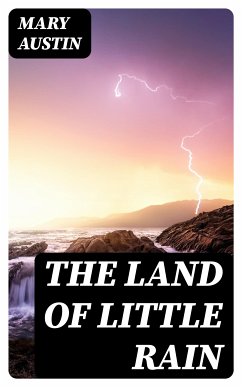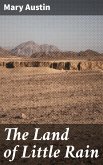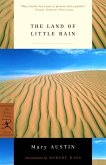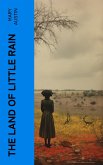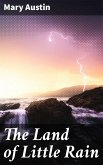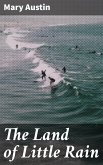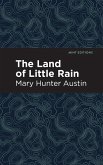In "The Land of Little Rain," Mary Austin intricately weaves vignettes that explore the arid landscape and the life forms inhabiting the American Southwest. With a lyrical prose style that blends both poetic observation and natural history, Austin captures the haunting beauty of the desert while simultaneously delving into the complex relationships between environment, culture, and identity. The book, published in 1903, is often hailed as a seminal work within the local color movement, as it paints a vivid portrait of life in a rugged terrain, reflecting both the physical and spiritual challenges faced by those who call this land home. Mary Austin, an influential early 20th-century writer, was deeply inspired by her experiences growing up in California and her profound connection to the natural world. Her extensive knowledge of Native American cultures, as well as the ecological intricacies of the Western landscape, uniquely shaped her perspectives and narratives. Austin's deep-seated appreciation for her surroundings enabled her to convey a sense of intimacy and reverence for the land that resonates throughout her work. "The Land of Little Rain" is a compelling read for anyone interested in environmental literature, regionalism, or the intersections of nature and culture. Austin's vivid imagery and sharp observations make this book not only an essential piece of American literary heritage but also a poignant reflection on the relationship between humans and the natural world.
Dieser Download kann aus rechtlichen Gründen nur mit Rechnungsadresse in A, B, BG, CY, CZ, D, DK, EW, E, FIN, F, GR, H, IRL, I, LT, L, LR, M, NL, PL, P, R, S, SLO, SK ausgeliefert werden.

